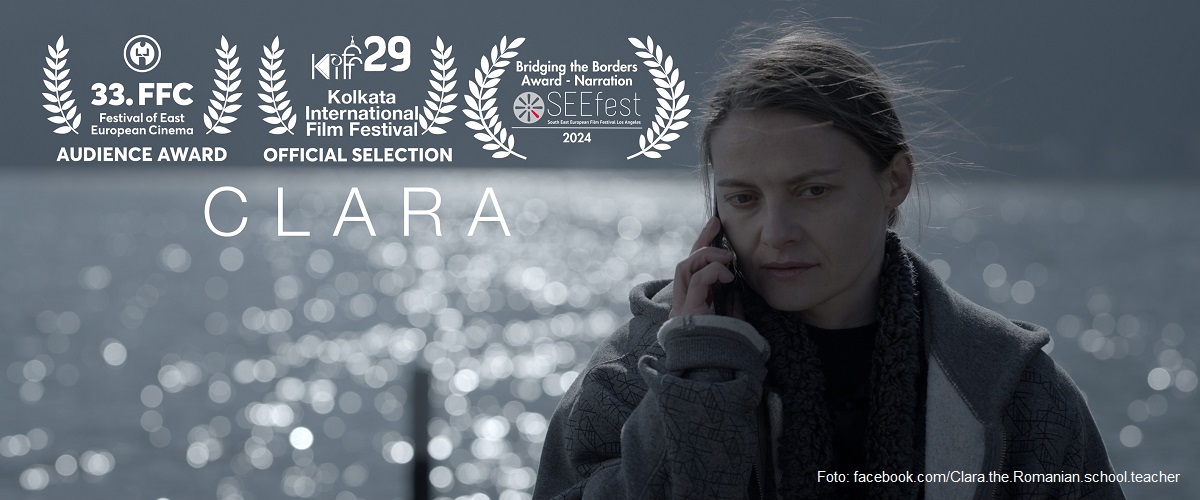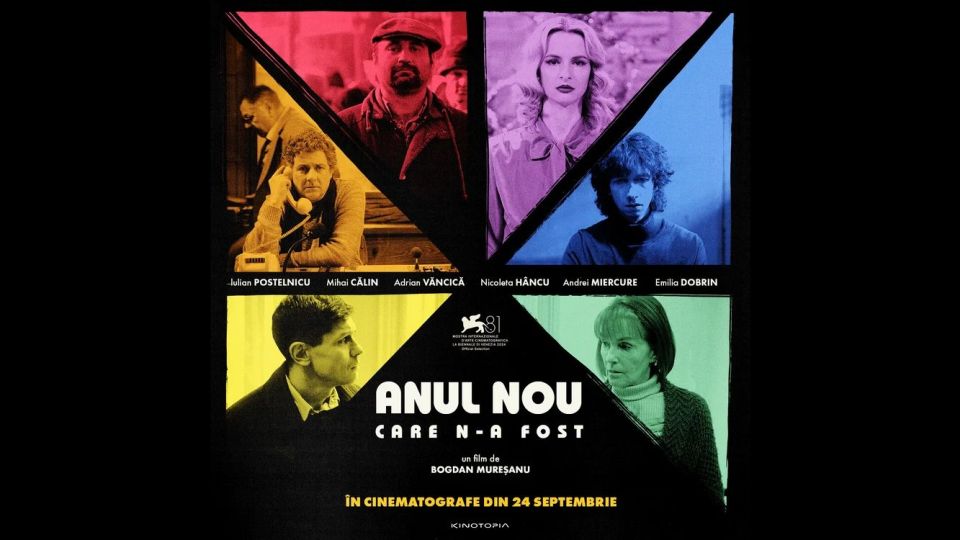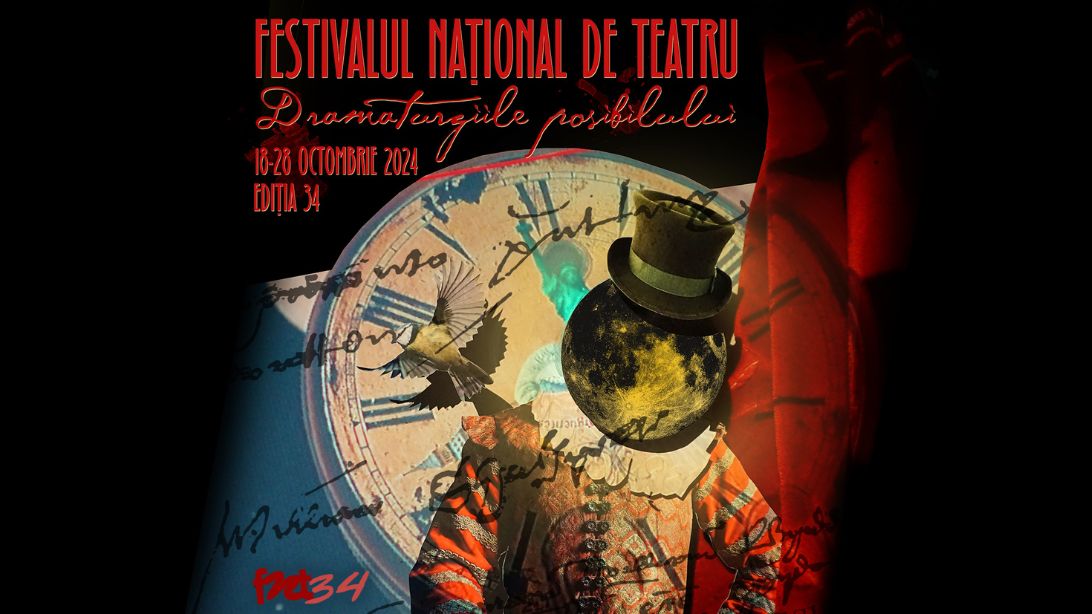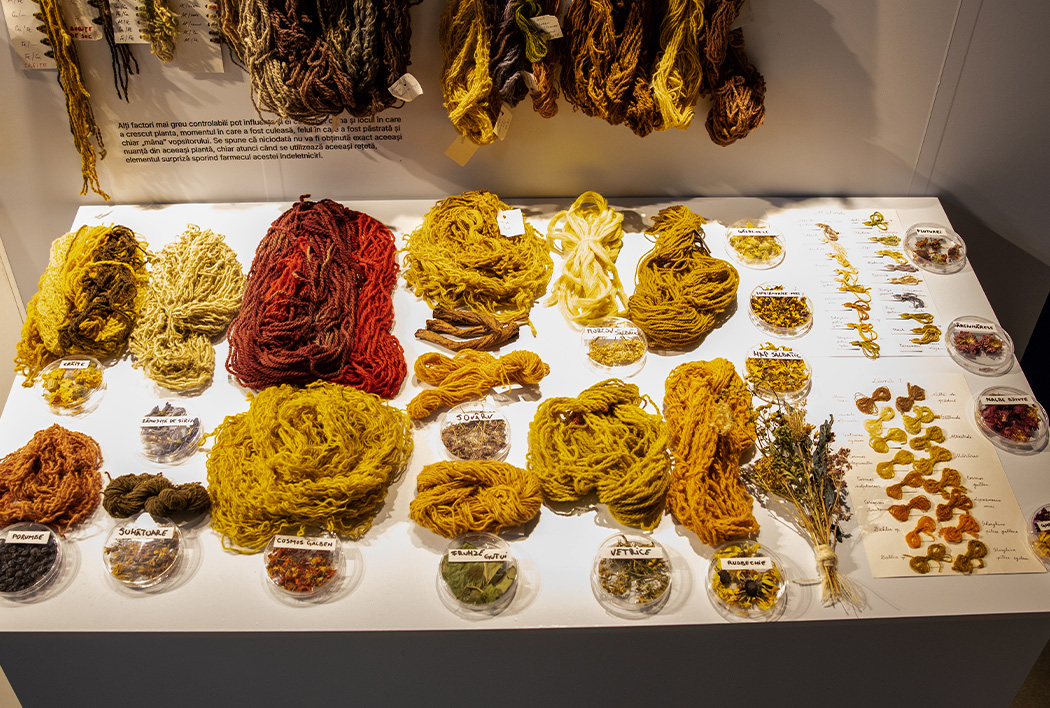Fine Artists from Ramnicu Vlacea
They have mounted lots of solo exhibitions at home or abroad, they say theyre in love with the region of Valcea, where they live, and they are our guests in todays World of Culture: Petti Velici, Sergiu Pop and Marcel Dutu.
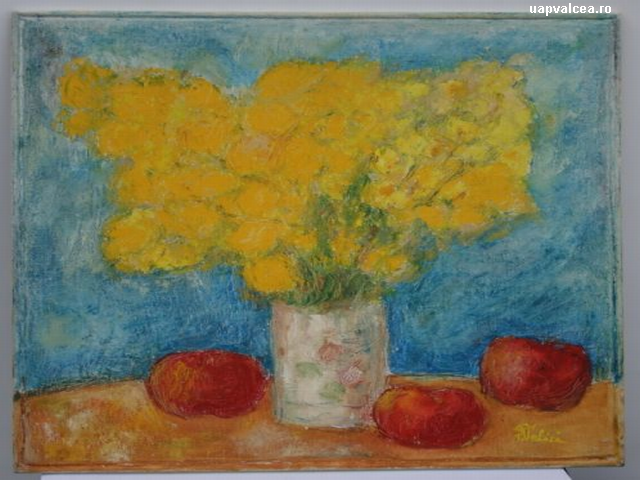
Corina Sabău, 21.03.2015, 14:10
They have mounted lots of solo exhibitions at home or abroad, they say they’re in love with the region of Valcea, where they live, and they are our guests in today’s World of Culture: Petti Velici, Sergiu Pop and Marcel Dutu. You will get to know them through our programs as well as through their paintings that will be offered to the winners of the Govora contest.
At 18 Petti Velici had his first solo exhibition, he specialized in preservation and restoration, and more than 20 years ago, he settled in Ramnicu Valcea, a town that brings him memories and the peace he needs.
Petti Velici: ”I arrived in Ramnicu Valcea when I was a high school student, in a holiday camp organized by the Fine Arts High school in Craiova, and then I had the chance to get acquainted with the old Ramnic. Meanwhile lots of things have changed, but I would have never thought — conservative as I am — that I would end up settling there. But the resemblance between Ramnicu Valcea and the area where I spent my childhood, with all its peace and quiet, with river Olt that reminded me of the Danube, with its cultural activity, much richer than that in Turnu Severin, all that made me stay here. And this peace is extremely important for me. There may be people who can paint in a railway station, yet I am not that type. I need some sort of intimacy, I need peace and quiet, and this place is exactly what I need. It is essential for everything: for me to find the topic, the color, and the necessary state of mind.”
Petti Velici has expressed his disappointment with the status of the artist in Romania, where artists can hardly make ends meet, and with the authorities’ indifference towards the national heritage. Under the circumstances, painting remains his refuge.
Petti Velici: ”I paint flowers. Flowers bring me peace and quiet. I am also into graphic art, there are works which require all my attention. I also have in mind a series a portraits, I want to make a gallery of portraits. They will feature village people, old people who remind me of my mom and dad, of my grandfather and of my great-grand parents. So far I have just made a couple of sketches and drawings.”
Sergiu Plop was born in the village of Arinesti in Bessarabia and he claims his work was inspired by the Russian avant-garde. He became an inhabitant of the region of Oltenia, in the south, following the success he obtained in the early 1990s when he had his first exhibition staged in Ramnicu Valcea in 1993, jointly with Arcadie Raileanu. He said there are several periods in his painting: a black period — up until 1993, a second period — some sort of pointillism that ended up with all his paintings being purchased by a German collector. Then a green period followed, and now he does mostly figurative painting, but he cannot guarantee he would not return to abstract painting.
Sergiu Plop: ”I was born in the northern part of Bessarabia. You know what they say, northerners are a bit more introvert, while southerners are more exuberant. I admit this is true and when I came to Ramnicu Valcea I had to change. What I like about Ramnicu Valcea is that its people are very active. And I believe that influenced my painting, especially my take on color. My colors are brighter and more cheerful. What matters most is to feel the light in the area. “
There is a great artistic potential in the Republic of Moldova, says Sergiu Plop. That is why, for several years now, he has been trying to promote Bessarabian artists in Romania.
Sergiu Plop: “I have started to promote artists from Bessarabia ever since 2009, when I organized two workshops at the Nicolae Balcescu Museum in the locality with the same name, near the town of Ramnicu Valcea. Later, I started staging events in Ramnicu Valcea, followed by three painting workshops entitled “In Ramnic”. I decided to invite Bessarabian painters because some of them are little known here and because I want to promote the Chisinau painting school. Most of these painters are also teachers at the Arts Academy in Chisinau. I am happy with how these painting events unfolded. There was a time when I used to bring one painter from Chisinau every month, to exhibit his or her works at the Antim Ivireanul Library. Most exhibitions were staged around the National Anthem Day, on July 29th, which is marked in Ramnicu Valcea every year. Last year, the exhibition was hosted by the Arts Museum and it was a success. The Village Museum in Bujoreni was a venue for another two exhibitions and the artists even worked on their paintings here. I have also organized several trips, so that our guests could see why we are so proud of our area. There are many beautiful things to see in Valcea, apart from its landscape. There are also the monasteries and Brancusi’s sculptures.”
Marcel Dutu’s favorite place is his workshop in Draganesti Olt. He is very grateful to those who supported him on his artistic path, such as Traian Zorzoliu and Nicolae Truta. Marcel Dutu:
Marcel Dutu: “My exhibition was entitled “For Nae” because Nicolae Truta played a crucial role in my life. I did not study with him when I was preparing my entrance exams at the Fine Arts Academy, but I met him later, when he was the organizer, better said the initiator of summer art camps. An art camp offers you the chance to get to know other artists, which is something that I like, something that motivates me. The first art camp I participated in was held in Vitomiresti. During my student years art camps were being organized at the end of each university year, and used to mark in a way the graduation and also the debut of a future artist.”
Marcel Dutu describes his painting as “a series of arcades and columns, an explosion of meanings and tendencies, from here to there and also on the vertical”. In short, he is a modernist:
Marcel Dutu: “So many things have happened in the fine arts field that it’s hard to say my painting brings something new. I’m still searching new meanings. But it’s difficult to innovate. My work is atypical though. I’m very interested in tri-dimensionality. I have recently made four new paintings for an exhibition in Valcea. I started from the idea of a cube. More exactly, each painting had a cube in its center. I started from the cube as a perfect shape, versus human imperfection.”

